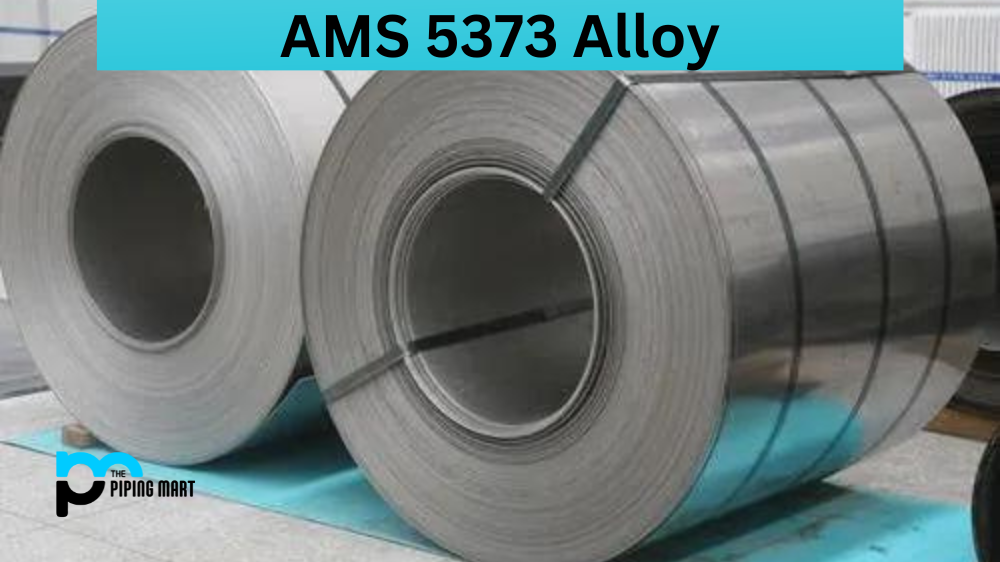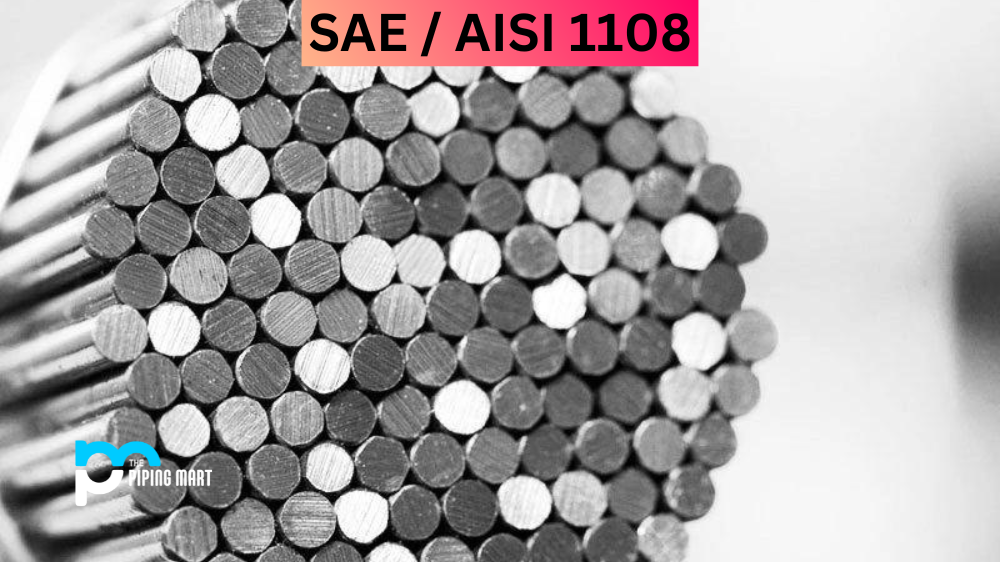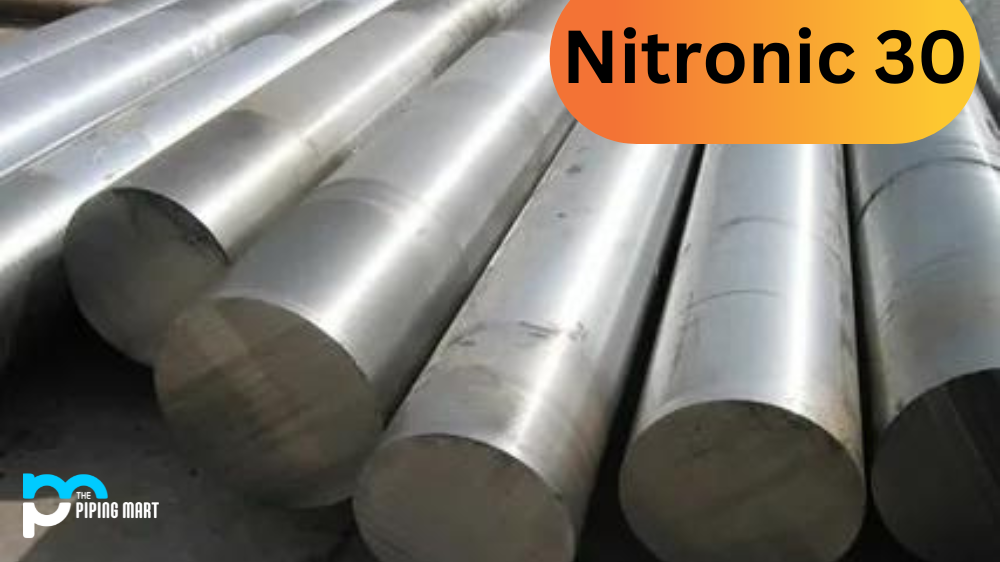Regarding metal alloys, AMS 5373 is among the most popular choices for engineers and designers. This high-strength and corrosion-resistant alloy has many applications, from aerospace and defence industries to marine engineering and medical devices. This blog post will delve into what AMS 5373 is, its composition, physical and mechanical properties, hardness, and heat treatment.
What is AMS 5373?
AMS 5373 is a specification for high-strength, corrosion-resistant steel tubes. The Aerospace Materials Specification Committee developed the specification and outlines the requirements for manufacturing tubes that can withstand extreme environmental conditions, such as those experienced during aerospace applications. These tubes are designed to remain structurally sound even when exposed to saltwater, high heat, and pressure changes. Whether you’re familiar with the world of aerospace manufacturing or are simply a curious reader, it’s fascinating to think about the lengths engineers, and manufacturers must go to to create materials that meet stringent safety and performance standards.
AMS 5373 Composition
AMS 5373 is an alloy that belongs to the maraging steel alloys and is also known as Maraging Steel 300 in some industries. It is composed of iron, nickel, cobalt, and molybdenum. The high nickel content in the alloy gives it excellent corrosion resistance, while the cobalt improves its hardness and strength. The molybdenum content in the alloy enhances its toughness and durability, making it an ideal material for aerospace and defence industries, where high-performance materials are required.
AMS 5373 Physical Properties
The physical properties of AMS 5373 are impressive. It has a density of 8.22 g/cm³, slightly less than steel. This makes it a lightweight material that is easy to transport and handle. It also has a melting point of 1405°C and a thermal conductivity of 14.7 W/mK, making it a good conductor of heat.
AMS 5373 Mechanical Properties
AMS 5373 has exceptional mechanical properties, such as high tensile strength, fatigue resistance, and fracture toughness. Depending on the heat treatment, its tensile strength ranges from 1750-2300 MPa. It also has a fracture toughness of 200-250 MPa m¹/², higher than many other commonly used engineering materials.
AMS 5373 Hardness
The hardness of AMS 5373 is also noteworthy. When heat-treated, the alloy can reach a Rockwell hardness of up to 55 HRC. This high hardness makes it ideal for applications that require wear resistance and strength, such as gears, bearings, and shafts.
AMS 5373 Heat Treatment
AMS 5373 can be heat-treated to improve its properties further. The heat treatment process involves a combination of annealing and ageing. Annealing is done to soften the metal, making it easier to shape and form. Ageing, on the other hand, is done to increase the strength and hardness of the alloy. This heat treatment process also improves mechanical properties, such as increased tensile strength, fracture toughness, and fatigue resistance.
Conclusion
AMS 5373 is an alloy with excellent physical and mechanical properties, making it a valuable material for various industries. Its high corrosion resistance, strength, and hardness make it ideal for aerospace, defence, and marine engineering applications. Its exceptional fracture toughness and fatigue resistance suit applications requiring high-performance materials. When considering material selection for your next project, consider AMS 5373 for its impressive properties and versatility.

Abhishek is a seasoned blogger and industry expert, sharing his insights and knowledge on various topics. With his research, Abhishek offers valuable insights and tips for professionals and enthusiasts. Follow him for expert advice on the latest trends and developments in the metal industry.




